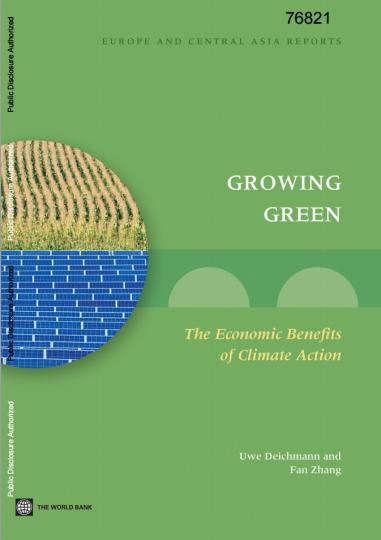In the first post-transition decade after the fall of communism, Europe and Central Asia (ECA) moved its economy from plan to market. In the second decade, the 2000s, it moved from social division to inclusion. The region has an opportunity to use the third decade, the 2010s, to move from brown to green growth making production and consumption more sustainable, increasing quality of life, and reducing impacts on the climate. Lowering climate change risks in ECA will involve many different actions that fall broadly into three areas: Some, like energy efficiency improvements, are often economically beneficial regardless of climate concerns. Others, like creating a good business environment for green enterprises, are investments that create new growth opportunities. Finally, actions like expanding wind and solar energy will have net costs for some time but are essential to tackling climate change. A simple framework helps guide climate action. The priorities are to use energy more efficiently, use cleaner energy, and manage natural resources better. Although price instruments like carbon or energy taxes tend to be most effective, climate action will also require regulations and investments such as fuel efficiency standards or research and development spending. Complementary growth, social, and environmental policies promote the broader benefits of climate action while limiting its costs. This report will show that climate action in ECA will benefit from rapid progress in three main areas: (a) large improvements in energy efficiency; (b) a shift to cleaner energy systems that will also improve local health and energy security; and (c) better management of green natural resources that will make the countries more economically productive while keeping more carbon out of the atmosphere.
Credit: The World Bank, Uwe Deichmann, Fan Zhang.




